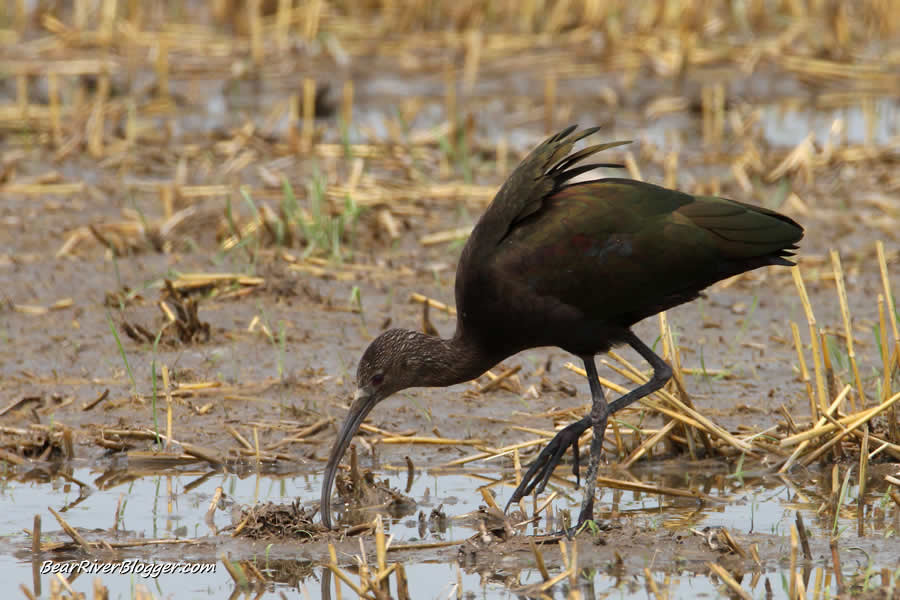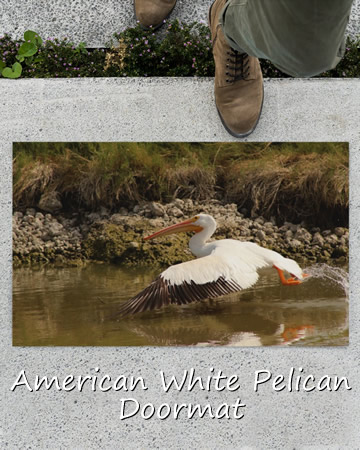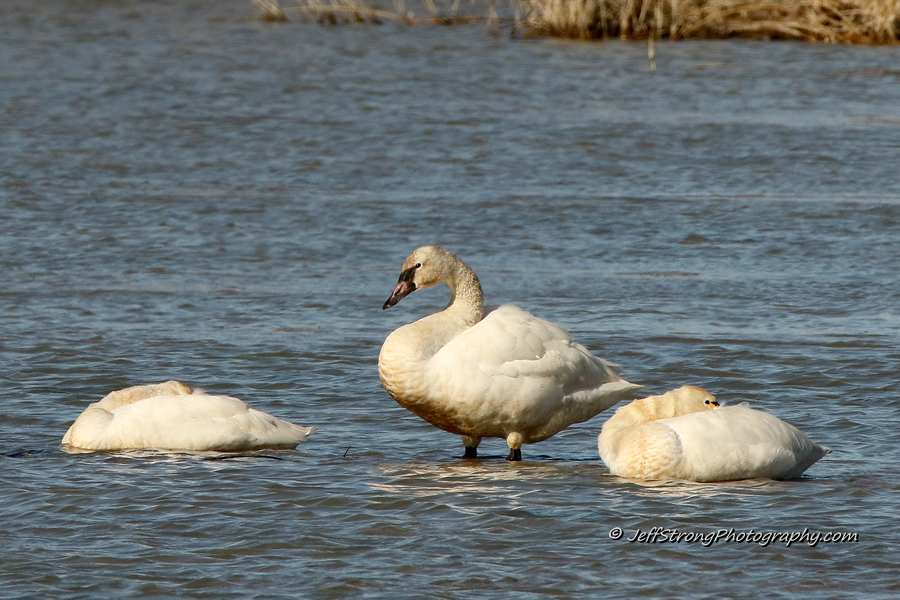As I headed out the door this morning, my eyes glanced at the calendar on the wall.
It was quite a surprise to see August was almost in the books, as they say, and the start of fall was just a few short weeks away, less than a month if my math is somewhat correct.
This newfound revelation would explain the large and quite impressive sightings of white-faced ibis I have been seeing pretty much on a daily basis, just a few miles north of the Bear River Migratory Bird Refuge, during my nightly walks the past couple of weeks.
Large flocks of white-faced ibis, some possibly numbering over a thousand or more and stretching out for nearly a quarter-mile or so in width, have been stringing themselves across the skies in Box Elder County, Utah each and every evening as of late.
And it has been quite an impressive show, to say the least. Yes, quite an impressive spectacle, indeed.
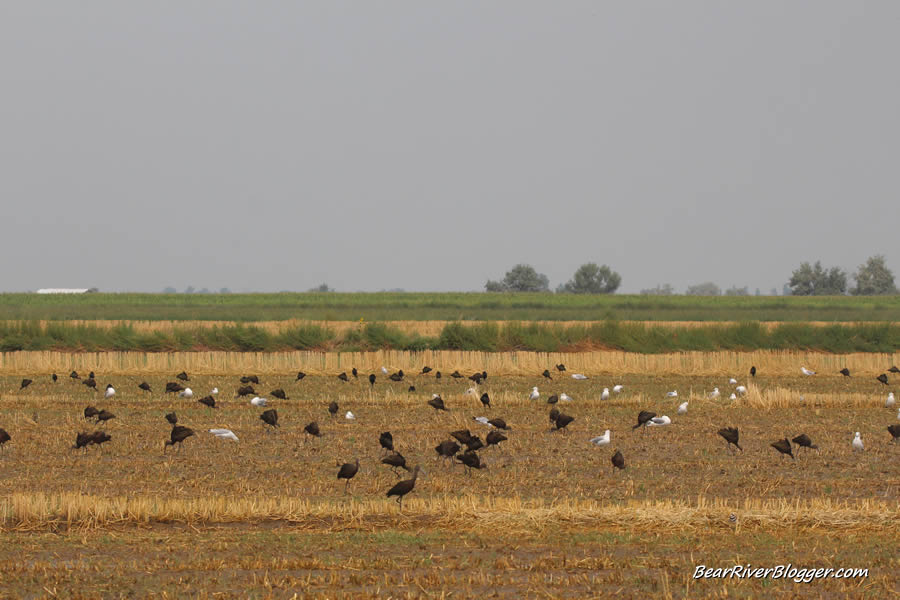
Being an avid bird watcher myself, I might be a little biased with such excitement, but I am quite partial to migrating birds for my entertainment.
This holds especially true when they are in such large and impressive numbers as I have been treated to the past few weeks.
The white-faced ibis is a commonly found bird on the Bear River Migratory Bird Refuge during the summer months.
In fact, the largest breeding colony of white-faced ibis’s in North American is found right here in Utah in the wetlands of the Great Salt Lake and adjoining Bear River Bird Refuge.
If someone wanted to see white-faced ibis during the summer months, the Bear River Migratory Bird Refuge auto tour route is, without question, the best and easiest place to find them.
Well, at least in my own opinion, that is, but I do find them daily on the refuge during the summer.

The white-faced ibis is a wetland bird, quite commonly found in marshes during the summer months, which makes them quite easy to find on the Bear River Bird Refuge during the breeding season.
During this time of year, late summer to be exact, large flocks of ibis leave the refuge for the day to feed up for their long migration to Mexico, foraging in irrigated fields, pastures, and farms where there is a little water covering the soil.
And just as the sun crosses the western horizon, happening again tonight, in fact, large flocks of white-faced ibis can be found heading back to the refuge wetlands for the night before they head back out to the fields in the morning for yet another feeding frenzy.
This goes on for weeks until one day something triggers the mass migration and almost overnight, the white-faced ibises are gone for the year, only to return when spring once again makes its most welcomed appearance for the next season.
That’s what I find so intriguing about migrating birds, one day they are here and the very next day they could be, well, gone, literally thousands of birds gone in one day.
This same pattern, but in reverse, holds true for spring but not nearly as impressive as fall, I must admit, when thousands of ibis congregate up for the long flight south.
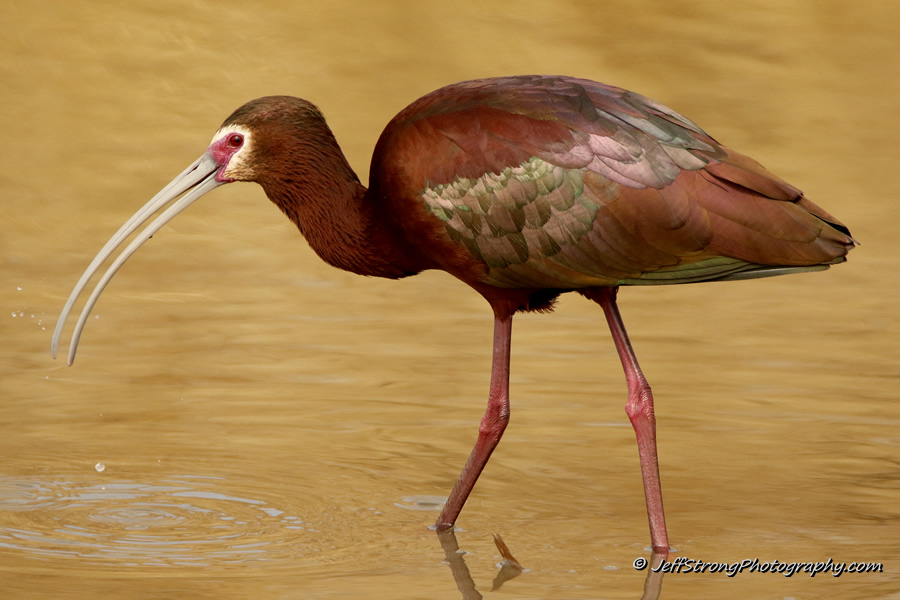
Spring migration is usually a trickle of birds at first, slowly but steadily growing in numbers as spring marches on.
To feed, the white-faced ibis uses its long curved beak to probe the wet soil for earthworms, insects, crayfish, snails, spiders, and any other invertebrates it can find to feed on.
They love irrigated lands where the soil is softened up by the water, making it easy to probe the dirt for bugs. It’s not uncommon during the summer months to see flocks of white-faced ibis leave the refuge and feed in irrigated agriculture fields.
In fact, one year I had about 30 white-faced ibis feeding only 50 feet away from my house in my small irrigated pasture. It was quite unexpected but a real treat to see them so close up as they probed my flooded pasture for insects.
Well, fall migration is in full swing and the white-faced ibis will be gone for the year anytime now. It’s sad to see yet another species leave for the winter but that is part of nature, things come and things go according to the time of year.

It makes for a somber fall as numerous bird species leave for the year but it does make for an exciting spring when they once again return for the season.
That is what makes bird watching so fun, watching the seasons change and watching the birds change with it.
Don’t forget to subscribe to my blog if you are an avid bird watcher or nature enthusiast, such as myself.
I try to photo and write about things I find interesting and enlightening in nature to hopefully get others interested in the natural world around us.
Nature is an incredible way to unwind and relax for a bit and one of the best places I have found to do that is, indeed, the renowned Bear River Migratory Bird Refuge.
Take a look at my online store for my offering of nature and bird-related shirts, sweats, hoodies, and other gifts, either for yourself or a friend.
I appreciate your support and readership and look forward to writing my next blog.

